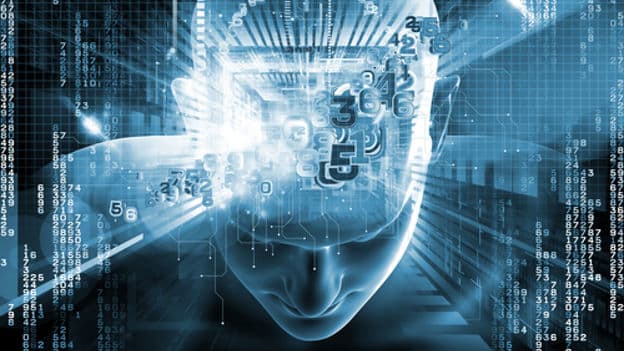As we are moving towards a more desirable future state of our organizations, we have an opportunity to redefine our workplaces. Transformation is allowing us to define new business models for all industries. Our current organizational structures and systems will not serve us well in the future as they are stuck in an industrial-age mentality where there was a lot less ambiguity and uncertainty. As these new models are yet to be defined, I would suggest utilizing models that can help surface some new ideas. One way to do this is through design thinking. It is not a new methodology, but I certainly see how it could help organizations define models that will serve them better as they move into the unknown. Design thinking was originally founded in the 1960s by industrial and product design teams to evolve better products for the end user. Those teams defined a set of design principles to develop better products and services.
Design thinking is now known as a creative problem-solving approach designers use to create new values that are different and create a positive impact.
Another definition that describes it well is:
Design thinking is applied as an umbrella term for multi-disciplinary, human-centered projects that involve research and rapid ideation.
To create organizations of the future, design thinking models can provide the structure to test and learn from possible future scenarios. The model is not problem-focused in its orientation, so the potential scenarios are unlimited. Typical questions are “How might we . . .?” and “What if anything were possible?” The idea is to think about a prospective future that hasn’t happened yet. The framing of this new way forward is key to an organization’s success. Teams need to look beyond the problem. By co-creating the future with your stakeholders and understanding your strategy, you open new possibilities and seek ideas from internal and external sources. Also, because you are not focused on fixing a problem, your mindset is in discovery mode, allowing you to think more expansively.
Once you have a few good working teaming models, it is time to test and learn from what is working and what can be improved. This whole process is iterative, so don’t think you have to get it right the first time. In fact, by allowing the teaming models to iterate, you will learn a lot about what will work best for your organization. In this mode, build on what works well and redefine what is not. At the end of the process, you can start to define the value of what was pulled together and because you have tested it along the way, you will know it is a better solution than rolling it out and hoping it works. By working through the change and adjusting, your organization creates a new reality, and the old paradigms slip away. Moreover, because employees are involved in this process, resistance is kept to a minimum. The change is co-created, so employees are invested and don’t feel they are being forced to change. They are the change!
We don’t know what the next 5 to 10 years will hold for our organizations. This is true across industries, countries, and political lines. We will learn a lot over the coming years about what works well and what to toss. The next wave of technology will be expansive in its reach. As leaders in our organizations, we need to be prepared to step up and guide in this ever-changing and uncertain world—to provide the true north for our organizations. Nobody says it will be easy, but we must be willing to take some risks. Otherwise, our organizations will fall behind and become obsolete, like it or not.
Photo used above by Unknown Author is licensed under CC BY-SA-NC


